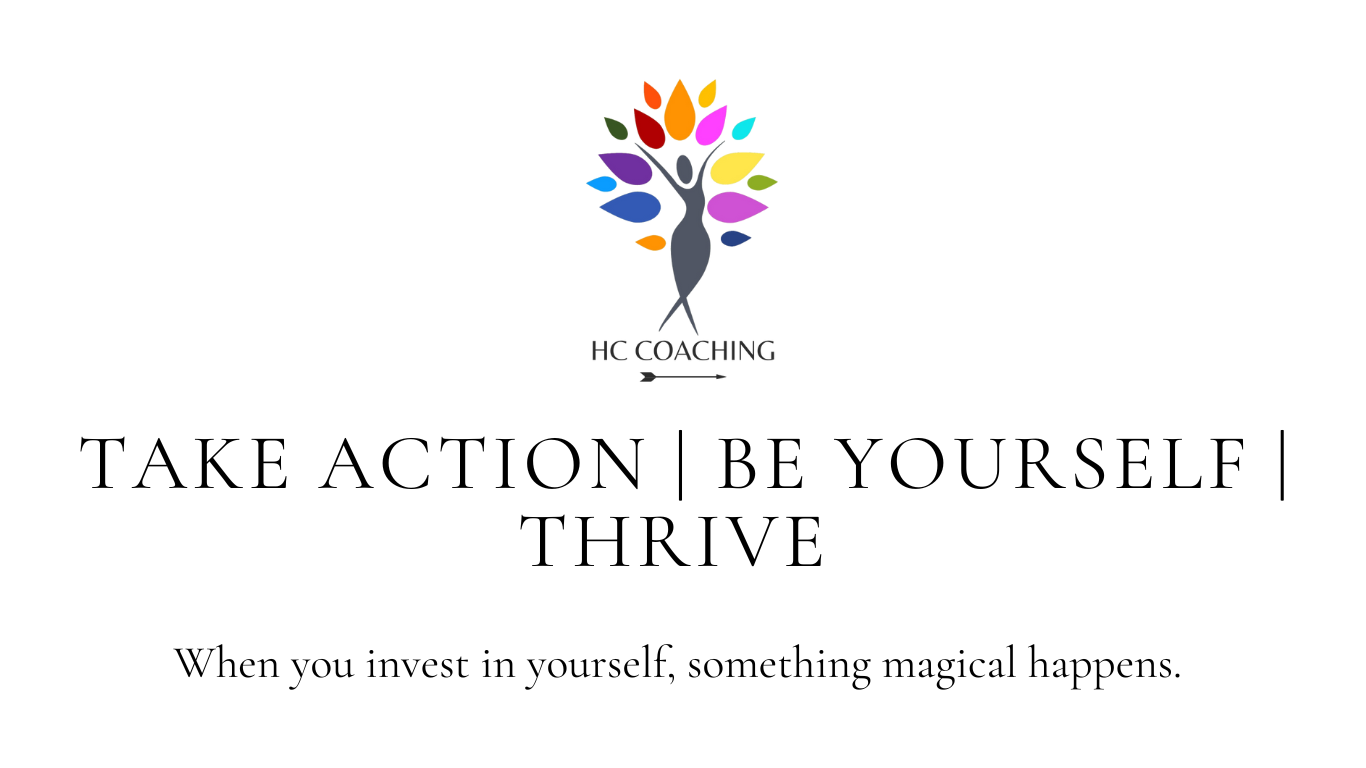Fear
Fear is a natural human emotion that serves as a protective mechanism. It’s an innate response to perceived threats or dangers, whether physical, psychological, or emotional. Fear prepares our bodies and minds to respond to potential harm by activating the sympathetic nervous system, triggering the release of stress hormones like adrenaline and cortisol.
The primary function of fear is to keep us safe and help us survive in threatening situations. It evolved as a survival mechanism throughout human history, enabling us to identify and respond to dangers that could jeopardise our well-being or even our lives. Fear triggers the "fight-or-flight" response, preparing us to either confront the threat head-on or flee from it.
While fear primarily serves a protective purpose, it can also be triggered by non-life-threatening situations or imagined scenarios. This occurs because our brains cannot always differentiate between real and perceived threats. As a result, fear can arise in response to social situations, challenges, uncertainties, or anything that our mind perceives as potentially harmful or uncomfortable.
When you're feeling fear, your body undergoes several physiological changes as part of the fight-or-flight response. You might recognise some of these physical changes you might experience:
Increased heart rate
Rapid breathing
Muscle tension
Sweating
Heightened senses
Dry mouth
Digestive changes
While fear can be essential for protecting us from immediate threats, we can also feel it when facing non-life-threatening situations, such as making significant life changes or taking risks.
It can be what lies behind procrastination. We don’t want to feel judged, we don’t want to be seen failing and we don’t want to be told no / you’re not good enough.
Here are 7 practical tips to help you overcome it.
Identify the source of fear
The first step to conquering fear is understanding where it’s coming from. Ask yourself, "What am I truly afraid of?" Recognising the source of your fear allows you to gain perspective and develop a targeted approach to address it. Is it fear of failure, rejection, or the unknown? Pinpointing the specific fears empowers you to tackle them head-on.
Embrace a growth mindset
Focus on the belief that abilities and skills can be developed through dedication and hard work. Understand that setbacks and challenges are natural parts of the learning process. By reframing failure as an opportunity to learn and grow, you can mitigate the effects of fear that are stopping you. Embrace challenges with curiosity, perseverance, and a willingness to step out of your comfort zone.
Start small, progress gradually
Big changes can be intimidating, but progress often comes from taking small, consistent steps forward. Break down your goals into manageable tasks or milestones. By setting achievable objectives, you build momentum and gain confidence. Celebrate each small victory along the way, reinforcing the belief in your ability to conquer fear and make positive changes.
Seek support and accountability
It's essential to have a support network when facing fear. Surround yourself with individuals who inspire and encourage you. Share your fears and aspirations with them, as they can provide guidance, empathy, and a different perspective. Additionally, consider finding an accountability partner who can help you stay on track and hold you accountable for taking action. Together, you can navigate the challenges fear presents.
Practice mindfulness and self-compassion
When you're feeling fear, mindfulness can help you observe your thoughts and emotions without getting caught up in them. By cultivating self-compassion, you can offer yourself kindness and understanding in the face of fear. Treat yourself with the same empathy and support you would extend to a friend facing a similar situation. Mindfulness and self-compassion can help create a sense of calm and provide a solid foundation for addressing fear in a healthy and constructive way.
Challenge negative beliefs and cognitive distortions
Fear often arises from negative beliefs or cognitive distortions, which are irrational or exaggerated thoughts that can perpetuate anxiety. Take a closer look at the beliefs and thoughts underlying your fear. Ask yourself if they are based on evidence or if they are distorted by fear and insecurity. Challenge those negative beliefs by seeking evidence to the contrary, questioning their validity, and reframing them in a more realistic and positive light. This process of cognitive restructuring can help you replace fearful thoughts with more empowering and accurate perspectives.
Remember why you started
It’s important to regularly remind yourself why you wanted to change things. Did you need a new job so you can earn a higher income so you can retire early / have holidays abroad / support your family? Is it time to move on from a relationship so that you can have a healthier and more positive living environment? Are you ready to move house so that your kids can live in the country? Or are you wanting to start to run so that you can have a fitter body so you can play with the kids more? It doesn’t matter if the change is huge or little. If there’s fear holding you back, remembering why you want the change can be a powerful motivator to overcome it.
So if you’re feeling fear now, I want you to grab a pen and notebook and start jotting things down. What is the fear stopping you achieving? What are some small steps you can take to make progress and why do you want this change in the first place?
